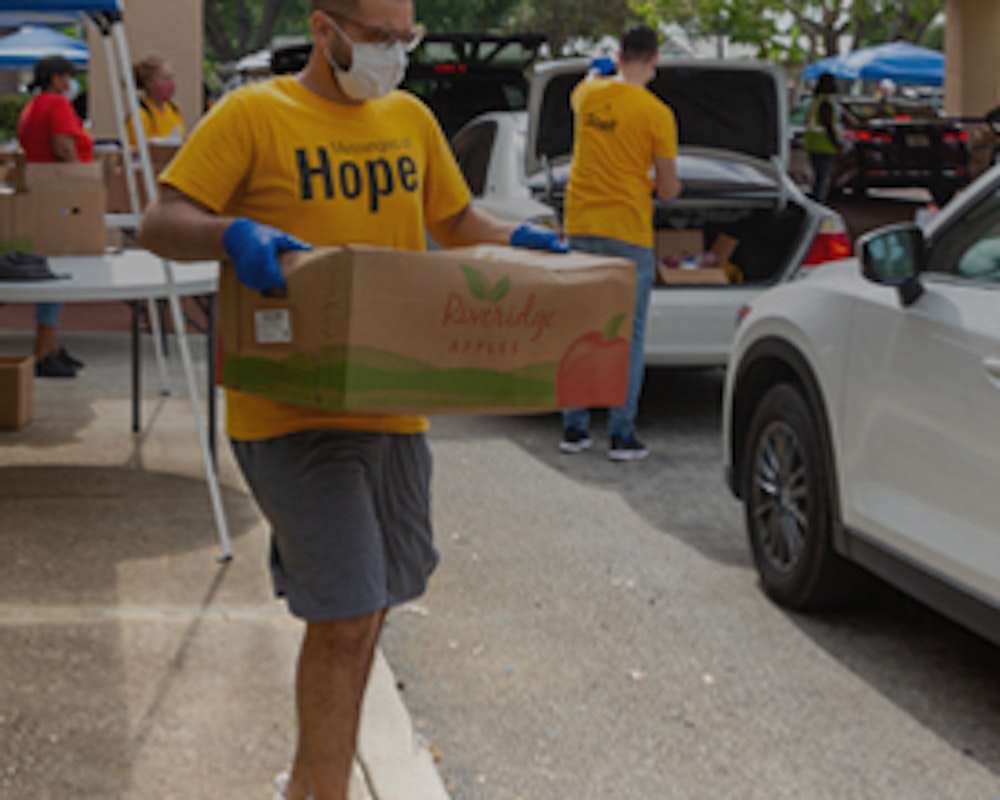
How Higher Ed Survives: Affordable, High-Impact Civic Engagement
This historic period of global contagion and socioeconomic disruption has forced colleges and universities to confront challenges that have been festering since the Great Recession began in 2008. The question today is how higher education can acco
August 19, 2020
This historic period of global contagion and socioeconomic disruption has forced colleges and universities to confront challenges that have been festering since the Great Recession began in 2008.
As Christen Aragoni, editor of Liberal Education, recently wrote, “The COVID-19 pandemic is simply laying bare just how much was already at stake. It is merely emphasizing with many exclamation points the importance of higher education’s mission to be on the forefront of protecting democracy and ensuring students are prepared to become engaged citizens.” The question today is how higher education can accomplish these enduring purposes of protecting democracy and creating engaged citizens as campuses have been shut down in varying degrees and as pedagogical uncertainty is paired with an economic crisis.
I propose one answer to this looming question: affordable, high-impact civic engagement.
Imagine an interdisciplinary team-taught course that positions students as members of a “think tank.” The think tank would engage in a formal partnership with a community agency to act as a consultant and produce research or another project that meets the agency’s needs. Community leaders, often happy to mentor students, could come to class as guest speakers to discuss the needs of local democracy as students talk through their hypotheses. Students would work in teams to produce different pieces of their research project, from a literature review to a concluding set of recommendations.
In addition to the regular course instructors, faculty from across campus can act as guest teachers to help students through steps of the process. For example, if the students have to conduct fieldwork in a neighborhood off campus, a theatre professor can visit the class and use role playing to walk students through the steps of approaching a local community member. Empathy and diversity would be integrated into the syllabus as students reflect on their role as researchers and citizens in the wider world beyond their campus. In addition to producing the project itself, think tank research teams should regularly update their respective community partners on their progress, and presentations by course research teams to the agency’s board or executive staff would cap off the course.
I have been designing and implementing variations on this kind of experiential learning for over a decade. My students become impassioned about their work as “think tank” members when they recognize their work may have an impact beyond their campus. As AAC&U President Lynn Pasquerella notes, these are the kinds of “high-impact learning opportunities that engage every student in solving unscripted, real-world problems across all types of institutions, within the context of the workforce, not apart from it.”
This kind of learning fits perfectly with the transformative needs of this moment. It has the advantage of being affordable while offering students tremendous practical value and immersion in civil society. These courses have low overhead, can be done remotely, utilize extant grassroots assets such as community partners, and dig up new revenue possibilities such as private and public grants. These experiences also help institutions justify their tuition costs by supporting students with the resume-building experiences that will make them competitive in a contracting job market.
However prosaic it may seem, colleges have a moral obligation to provide tuition-burdened students with tangible opportunities that can directly support their professional possibilities. This obligation is even more important given the deepening awareness of social justice, civic learning, and equity on our campuses. Stephen Ehrmann recently reported that the use of civic engagement pedagogies such as learning communities at Georgia State University has meant that “the performance of students from underserved groups approached or equaled the performance of students from more privileged groups.” These efforts, Ehrmann says, are as good for the university budget as they are for increasing equity and student success: “The university estimates that for every percentage point increase in graduation rates, the institution earns over $3 million more in tuition revenue.”
This suggests that civic engagement embedded throughout undergraduate curricula is perhaps the best hope for sustaining and refortifying the American college. It creates pride in students working on applied research, it provides equity, and it is cost effective. But there is one final hurdle to overcome: many administrators and faculty have historically resisted it, believing experiential learning requires massive behind-the-scenes logistical planning and work to be successful.
Yes, relationships have to be cultivated and formalized between institutions and community partners, with ongoing two-way communication throughout the duration of the project. But there are ways for colleges to handle this work without overburdening staff or faculty. Institutions can form a joint administrative and faculty committee to streamline and formalize a civic engagement protocol, select a set of rotating community partners, initiate and sustain those relationships, and generate guidelines for “engagement contracts” that identify the reciprocal goals of each partnership.
Administrative and faculty resistance can also be overcome by articulating what has been stated here. In the face of so many existential threats to undergraduate liberal education, who can argue with curricular modifications that not only maintain and develop revenue streams but also advance equity and empower students as citizen scholars? High-impact civic learning is not only how our colleges and universities can survive and thrive, it is how they can justify their purpose to their own stakeholders and the broader public. Let’s be on the better side of history and engage our students more fully and consistently with the worlds beyond their classrooms.
Have an idea for a blog post? Write to [email protected].